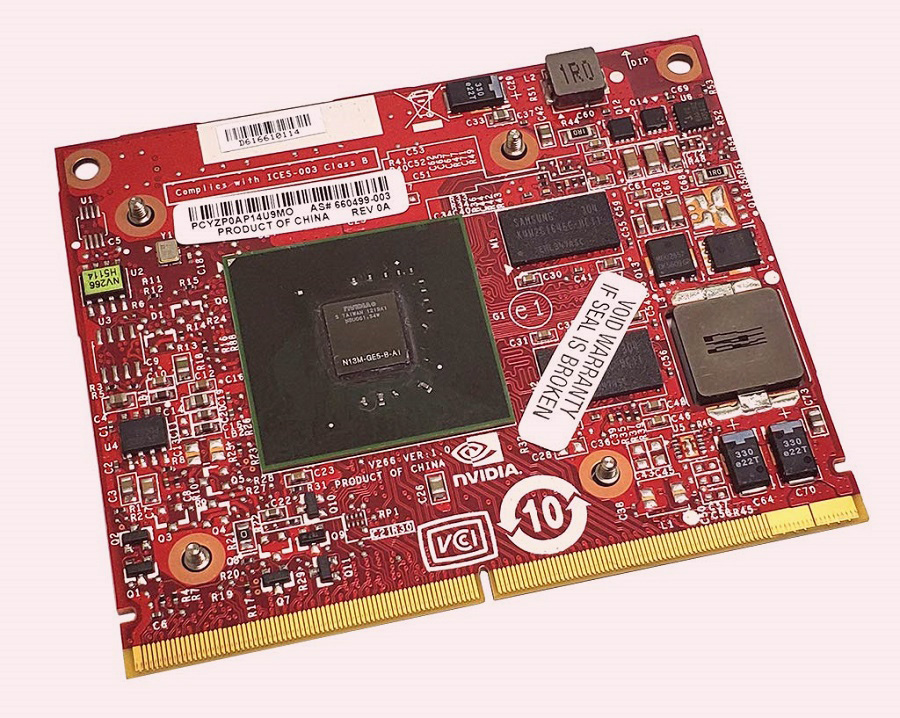Overview of the Main Methods of Overclocking a Laptop Graphics Card, Their Advantages, and Limitations
Overclocking a laptop graphics card can be a way to increase its performance and improve its gaming capabilities. However, unlike desktop computers, laptops have more limitations when it comes to overclocking. In this article, we will discuss the main methods of overclocking a laptop graphics card, their advantages, and limitations.
What is Overclocking?
Overclocking is the process of increasing a computer component’s clock rate to increase its performance. In the case of graphics cards, overclocking involves increasing the GPU’s clock speed and memory frequency to achieve higher performance in demanding tasks such as gaming, video editing, or 3D modeling.
However, overclocking comes with risks. Higher clock speeds require more power, which can generate more heat and cause instability, leading to crashes or even hardware damage. Therefore, it’s crucial to overclock graphics cards carefully and with proper cooling.
Why Overclock a Laptop Graphics Card?
Overclocking a laptop graphics card can improve its performance in demanding tasks, such as gaming or video editing. Additionally, it can help extend the life of older laptops, which may not be able to handle newer software without a performance boost.

Main Methods of Overclocking a Laptop Graphics Card
Software Overclocking – Software overclocking involves using software tools to increase the GPU’s clock speed and memory frequency. Software overclocking is the most common method of overclocking for laptops since it’s usually the easiest to perform.
There are several software tools available for overclocking laptop graphics cards, including MSI Afterburner, EVGA Precision, and AMD Overdrive. These tools allow users to adjust the GPU’s clock speed, voltage, and memory frequency to achieve higher performance.
One of the main advantages of software overclocking is its ease of use. Most software tools come with user-friendly interfaces and offer detailed tutorials to guide users through the process.
However, software overclocking has limitations. It relies on the laptop’s existing cooling system, which may not be sufficient to handle the increased heat generated by higher clock speeds. Additionally, software overclocking may void the laptop’s warranty.
BIOS Overclocking – BIOS overclocking involves accessing the laptop’s BIOS settings to adjust the GPU’s clock speed and memory frequency. This method is less common than software overclocking since it’s more complicated and requires more technical knowledge.
To access the BIOS settings, users need to restart their laptop and press a specific key to enter the BIOS setup. Once inside the BIOS settings, users can adjust the GPU’s clock speed and voltage to achieve higher performance.
The main advantage of BIOS overclocking is that it’s more customizable than software overclocking. Users can fine-tune the GPU’s clock speed and voltage to achieve optimal performance.
However, BIOS overclocking has significant limitations. It requires technical knowledge and can be risky if not performed correctly. Additionally, it may void the laptop’s warranty.
External Graphics Card (eGPU) – An external graphics card (eGPU) is an alternative method of overclocking a laptop graphics card. An eGPU is a separate graphics card that connects to the laptop through a Thunderbolt port.
eGPUs can significantly increase the laptop’s graphics performance and allow for more extensive overclocking since they come with their own cooling systems. Additionally, eGPUs are easy to install and remove, making them a versatile option.
However, eGPUs have significant limitations. They require a Thunderbolt port, which not all laptops have, and can be expensive. Additionally, they are bulkier and less portable than laptops.

